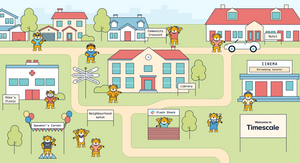










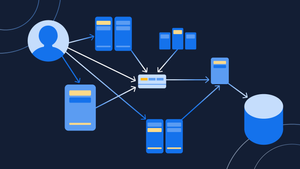
Downsampling in the Database: How Data Locality Can Improve Data Analysis
Learn why data locality can be crucial to downsampling data faster and more efficiently, accelerating the work of both devs and businesses. To test this new approach, we benchmarked the LTTB downsampling algorithm in Ruby and compared it with the Timescale Toolkit lttb ().

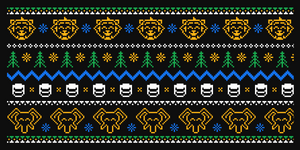
Year of the Tiger: 12 (and Then Some) Timescale Highlights of 2022
Join us in celebrating 12 highlights of 2022 (and then some), including launches like one-click forking and replicas, our consumption-based, bottomless object store in Timescale, and the return of in-person events (great to see you!).
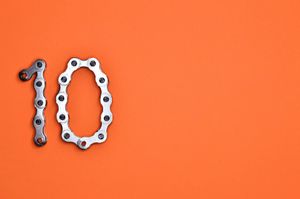


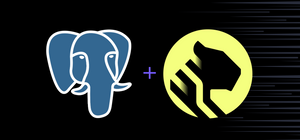
PostgreSQL + TimescaleDB: 1,000x Faster Queries, 90 % Data Compression, and Much More
TimescaleDB expands PostgreSQL query performance by 1,000x, reduces storage utilization by 90%, and provides time-saving features for time-series and analytical applications—while still being 100% Postgres.
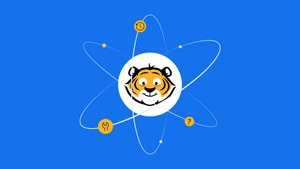

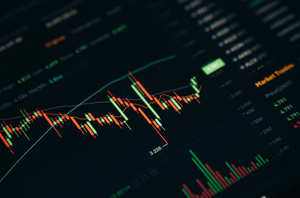
How We Made Data Aggregation Better and Faster on PostgreSQL With TimescaleDB 2.7
They’re so fast we can’t catch up! Check out our benchmarks with two datasets to learn how we used continuous aggregates to make queries up to 44,000x faster, while requiring 60 % less storage (on average).

Increase Your Storage Savings With TimescaleDB 2.6: Introducing Compression for Continuous Aggregates
Timescale 2.6 is now available, introducing two highly requested features by our community: compression for continuous aggregates and timezone support for continuous aggregates (the latter under experimental).


